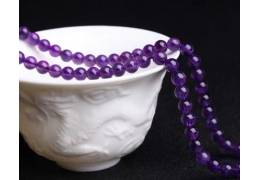Amethyst
There are 8 products.
Active filters
- Shape: Oval clear
Natural Amethyst Cabochon Oval Flat Back Size 18x25mm 1pc/pack
Natural flat back amethyst cabochon Oval cabochon Size 18x25mm 1pcs/pack
$7.30
Natural Amethyst Cabochon Oval Flat Back Size 15x20mm 2pcs/pack
Natural flat back amethyst cabochon Oval cabochon Size 15x20mm 2pcs/pack
$7.80
Natural Amethyst Cabochon Oval Flat Back Size 13x18mm 4pcs/pack
Natural flat back amethyst cabochon Oval cabochon Size 13x18mm 4pcs/pack
$12.60
Natural Amethyst Cabochon Oval Flat Back Size 12x16mm 6pcs/pack
Natural flat back amethyst cabochon Oval cabochon Size 12x16mm 6pcs/pack
$9.70
Natural Amethyst Cabochon Oval Flat Back Size 10x14mm 6pcs/pack
Natural flat back amethyst cabochon Oval cabochon Size 10x14mm 6pcs/pack
$6.00
Natural Amethyst Cabochon Oval Flat Back Size 10x12mm 10pcs/pack
Natural flat back amethyst cabochon Oval cabochon Size 10x12mm 10pcs/pack
$9.30
Natural Amethyst Cabochon Oval Flat Back Size 8x10mm 10pcs/pack
Natural flat back amethyst cabochon Oval cabochon Size 8x10mm 10pcs/pack
$5.60
Natural Amethyst Cabochon Oval Flat Back Size 6x8mm 20pcs/pack
Natural flat back amethyst cabochon Oval cabochon Size 6x8mm 20pcs/pack
$9.30















